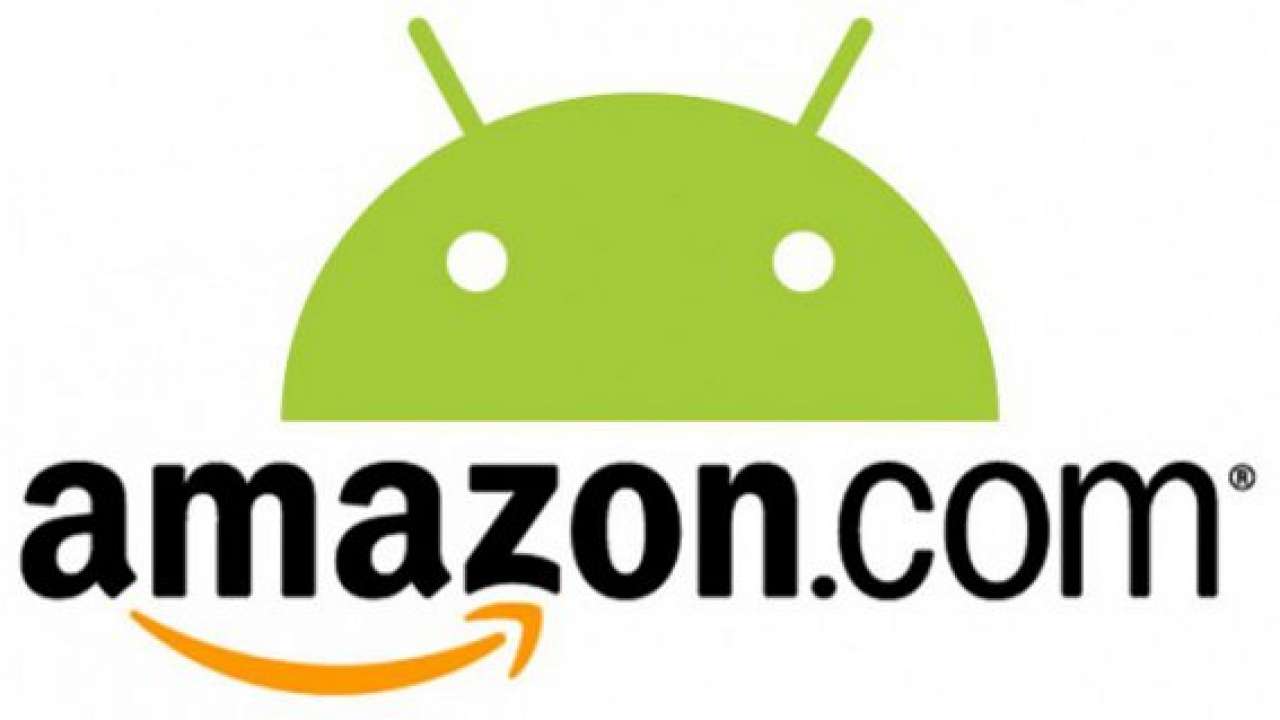Amazon Makes First Moves In Producing Tablet Hardware. But What About the OS?

It’s been a little more than a mont now since the topic of Amazon potentially releasing an Android-based tablet computer became a mainstream phenomenon. At the time I discussed the highly discussed concept, ultimately coming to the conclusion that Amazon’s involvement with Android-based technologies at the time gave them a valid reason to extend their efforts onto producing their own product. With the Amazon Music Store for mobile devices having been somewhat of a hit amongst Android users and the Amazon App Store in the visible future, anyone who was watching Amazon could clearly see that the company was flirting more and more with Android.
And you’d be amazed at how much more Amazon has done in the last few weeks. Not only has the Amazon App Store officially launched, but the company has quickly managed to catch the attention of many with a daily deal where a paid app is given away for free. On top of this, just a week after I wrote an article discussing Amazon’s potential to create a MobileMe alternative the company introduced CloudDrive; a consumer-targeted storage services that integrates seamlessly with the Amazon Music Store to create a well-rounder service before Apple got their rumored competitor off the ground.
Now it appears that Amazon has finally taken the ultimate plunge in creating their own tablet computer. You see, reports are now indicating that Amazon has placed an order with their Asian supplies for the well-anticipated devices. What this means is that Amazon has already sketched up the schematics and details of their tablets and have apparently gotten the ball rolling on actually producing them, ultimately meaning that we as consumers can expect to see Amazon tablets hit the market in just a matter of months, if not sooner.
But what really interests me is the operating system that this new mysterious tablet will sport. From a bystander’s perspective, Amazon’s level of involvement with the Android community is significant enough to indicate that their upcoming tablet would indeed be based off of the Android OS. However, with some of the recent restrictions that Google has opted to implement with Android it would almost seem like too risky of a venture for Amazon to work with Android if it didn’t give them the room to innovate and stand out in the tablet arena.
At the same time, though, Amazon’s present interaction with Android makes it unreasonable for them to even think about using anything else. Sure, they could work on beefing up and refining the Kindle platform and branching their new tablet off of that, but why would they if Android already offers the core components that they need to build a competitive device? Especially with the company having already vested resources into Android development, not using Android would be a simple waste. And really, it’s not like Amazon lacks the workforce, resources, or capital to develop their own OS.
With these two arguments each being entirely valid, many are edging towards the idea that Amazon is simply going to (or already has) “fork” the existing open-source Android skeleton and develop their OS from there. Really, this would be a genius idea. Not only would Amazon be able to hold onto the app computability of Android, but by using the open source code and branching out their own development from there, the company would free itself from Google’s upper hand.
Of course, the open source version of the Android OS would not give Amazon much more than the absolute core. In itself the actual Android OS doesn’t have any real “features” such as an email client or application marketplace. For me this immediately sets off bells because of Amazon’s recent “App Store” venture. Did the company choose to create their own software distribution mechanism so that they could replace the Android Marketplace with their own alternative on their tablet computers? If so, every move that Amazon has made thus far seems to make that much more sense, and will only continue to make sense as more information is revealed.